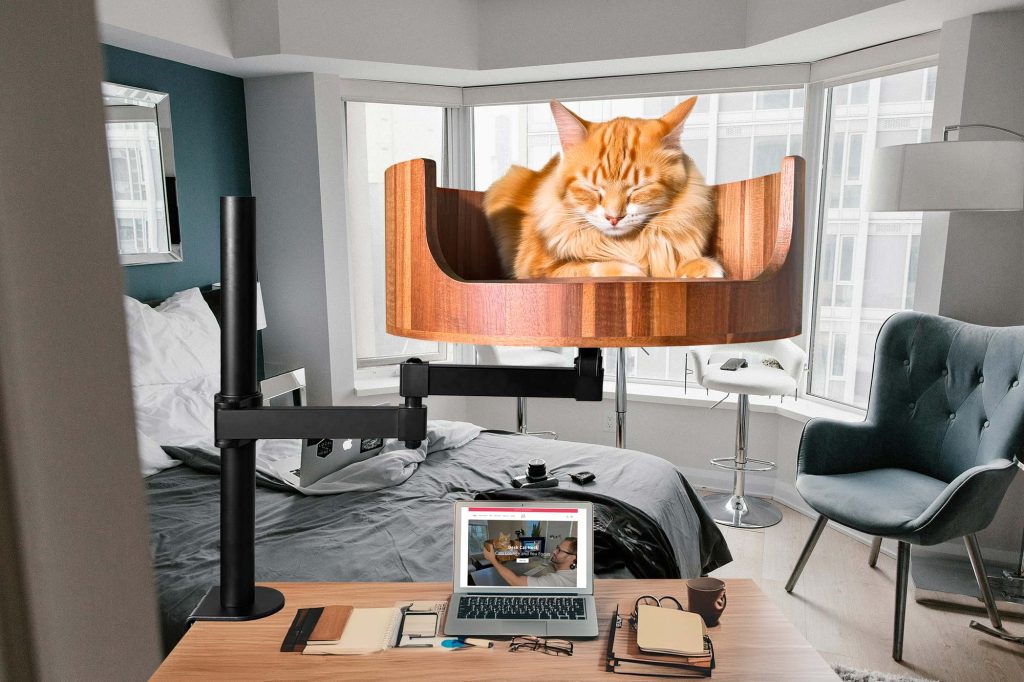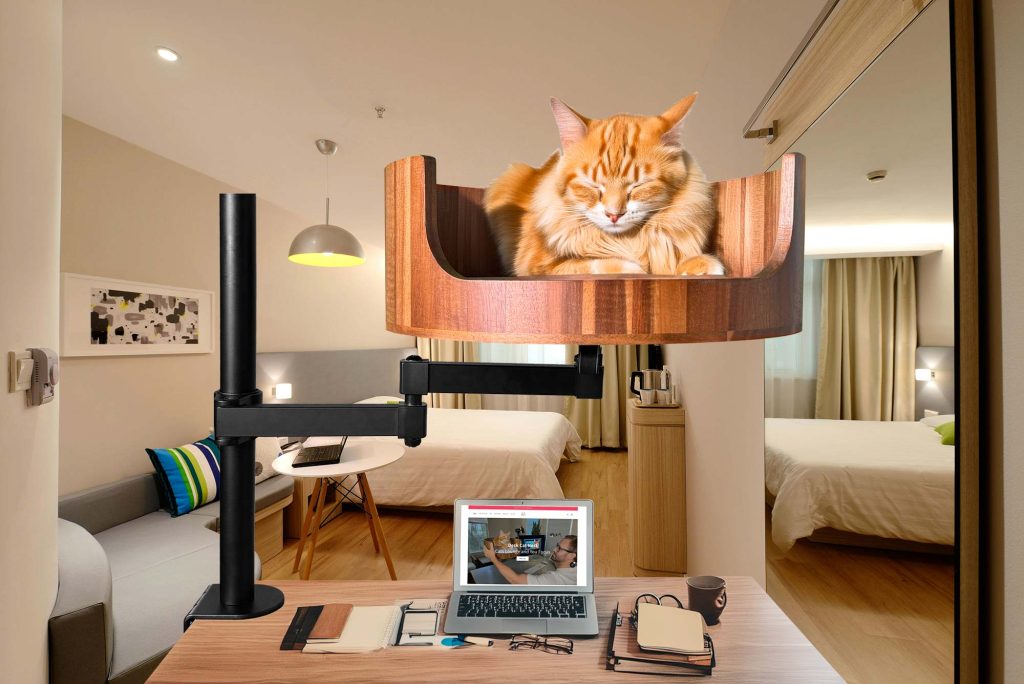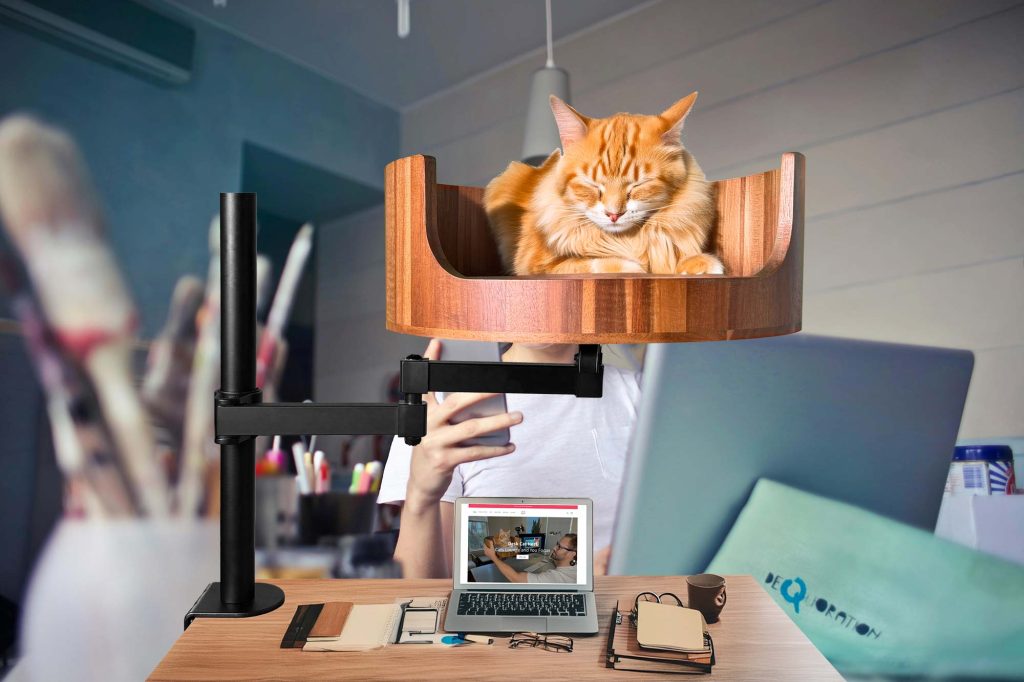Does your cat meow all the time, leaving you wondering what they are trying to communicate? Understanding feline communication is essential for building a strong bond with your furry friend. In this article, we will delve into the world of cat meows and decipher the various reasons why your cat may be vocalizing so much.
From greetings to demands for attention, cats use meowing as a way to interact with their humans and other animals. Each meow has a distinct meaning, and by paying attention to the tone, volume, and frequency of your cat’s meows, you can decipher what they are trying to convey. We will explore the common reasons behind excessive meowing, such as hunger, loneliness, or simply wanting to play. Additionally, we will discuss ways to address excessive meowing and improve communication with your feline companion. By understanding your cat’s unique vocalizations, you can strengthen your bond and ensure a happy and harmonious relationship.
1. Cats communicate primarily through meowing, using different pitches and tones to convey various messages.
2. Understanding the context in which your cat is meowing can help decipher its meaning – hunger, attention-seeking, or distress.
3. Body language, such as tail position and ear movements, also play a crucial role in feline communication.
4. Creating a comfortable and stimulating environment for your cat can reduce excessive meowing and strengthen the bond between you.
5. Consulting a veterinarian is recommended if your cat’s meowing suddenly changes in frequency or intensity, as it could indicate an underlying health issue.
Cat Vocalizations
When it comes to understanding a cat’s meows, it’s important to recognize that cats use different vocalizations to communicate. Meows are usually directed towards humans, not other cats, as a way to get attention, ask for food, or express a need. Cats may also vocalize when they are in pain, stressed, or feeling anxious. Some common vocalizations include chirping, trilling, hissing, and growling, each with its own unique meaning.
Body Language
In addition to meowing, cats use body language to communicate with their owners and other animals. Tail position, ear placement, eye contact, and overall posture can all provide clues to a cat’s mood and intent. For example, a cat with an arched back and puffed-up tail is likely feeling threatened or scared, while a cat with a relaxed body posture and slow blinking eyes is usually content and comfortable.
Triggers for Excessive Meowing
While some meowing is normal and expected, excessive meowing can be a sign of an underlying issue. Cats may meow excessively if they are hungry, bored, in heat, or feeling anxious or stressed. It’s important to try to identify the root cause of your cat’s excessive meowing in order to address the issue effectively. Keeping a journal or log of when your cat meows and what triggers the behavior can help pinpoint the cause.
Behavioral Solutions
If your cat is meowing excessively, there are several behavioral solutions you can try to help address the issue. Providing interactive toys, puzzle feeders, or a stable routine can help keep your cat mentally stimulated and engaged, reducing boredom and excessive meowing. Additionally, creating a safe and comfortable environment for your cat, with plenty of hiding spots and vertical territory, can help reduce stress and anxiety, leading to less meowing. If the behavior persists, it may be beneficial to consult with a veterinarian or animal behaviorist for further guidance.
## FAQ
### How can a Desk Cat Nest help with my cat’s excessive meowing?
A Desk Cat Nest provides a cozy and comfortable space for your cat to relax and rest. By giving your cat a designated spot to call their own, they may feel more secure and less likely to meow for attention.
### Will my cat use the Desk Cat Nest?
While we can’t guarantee that every cat will immediately take to the Desk Cat Nest, many cats enjoy having a cozy spot to curl up in. You can try enticing your cat with treats or toys to help them acclimate to their new space.
### Can the Desk Cat Nest be easily installed on any desk?
Yes, the Desk Cat Nest is designed to be easily installed on most desks. Simply attach the brackets to the underside of your desk and place the cat nest on top. Make sure to follow the installation instructions carefully for a secure fit.
### How should I clean the Desk Cat Nest?
We recommend spot cleaning the Desk Cat Nest with a damp cloth and mild detergent as needed. You can also remove the cushion and machine wash it on a gentle cycle for thorough cleaning.
### Is the Desk Cat Nest suitable for all cat breeds and sizes?
The Desk Cat Nest is designed to accommodate most cat breeds and sizes, but larger or heavier cats may not be as comfortable in the nest. We recommend monitoring your cat’s comfort level and ensuring that the nest is sturdy enough to support their weight.
In conclusion, the Desk Cat Bed is a valuable choice for your cat who meows a lot. This innovative product not only provides a comfortable and cozy spot for your feline friend to relax in, but it also helps reduce stress and anxiety, leading to a decrease in excessive meowing. With its high-quality materials and thoughtful design, the Desk Cat Bed is sure to keep your cat happy and content, making it a must-have addition to your home. Say goodbye to incessant meowing and hello to a peaceful and harmonious living environment for both you and your beloved pet.


